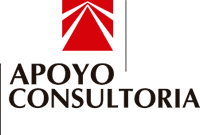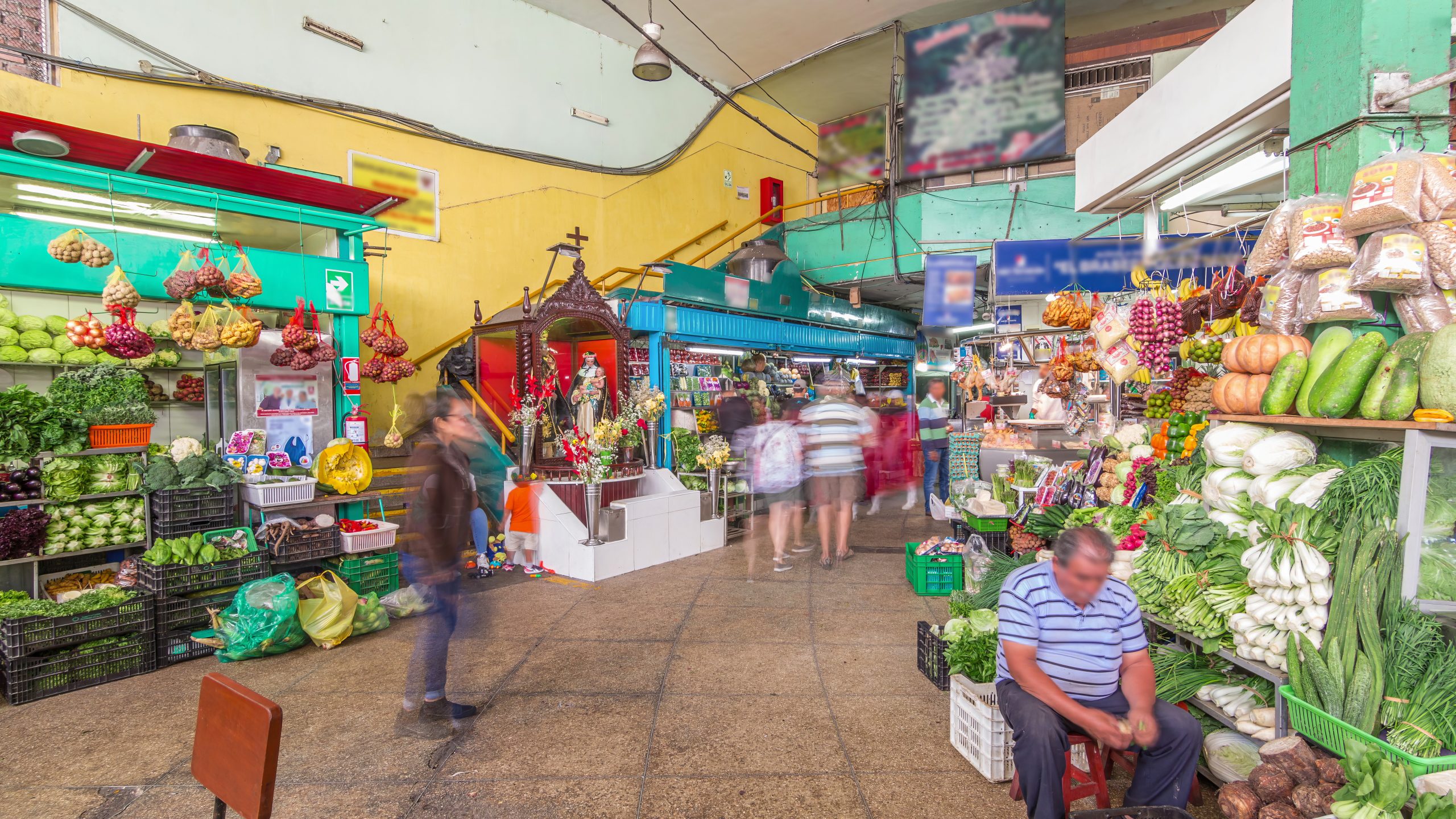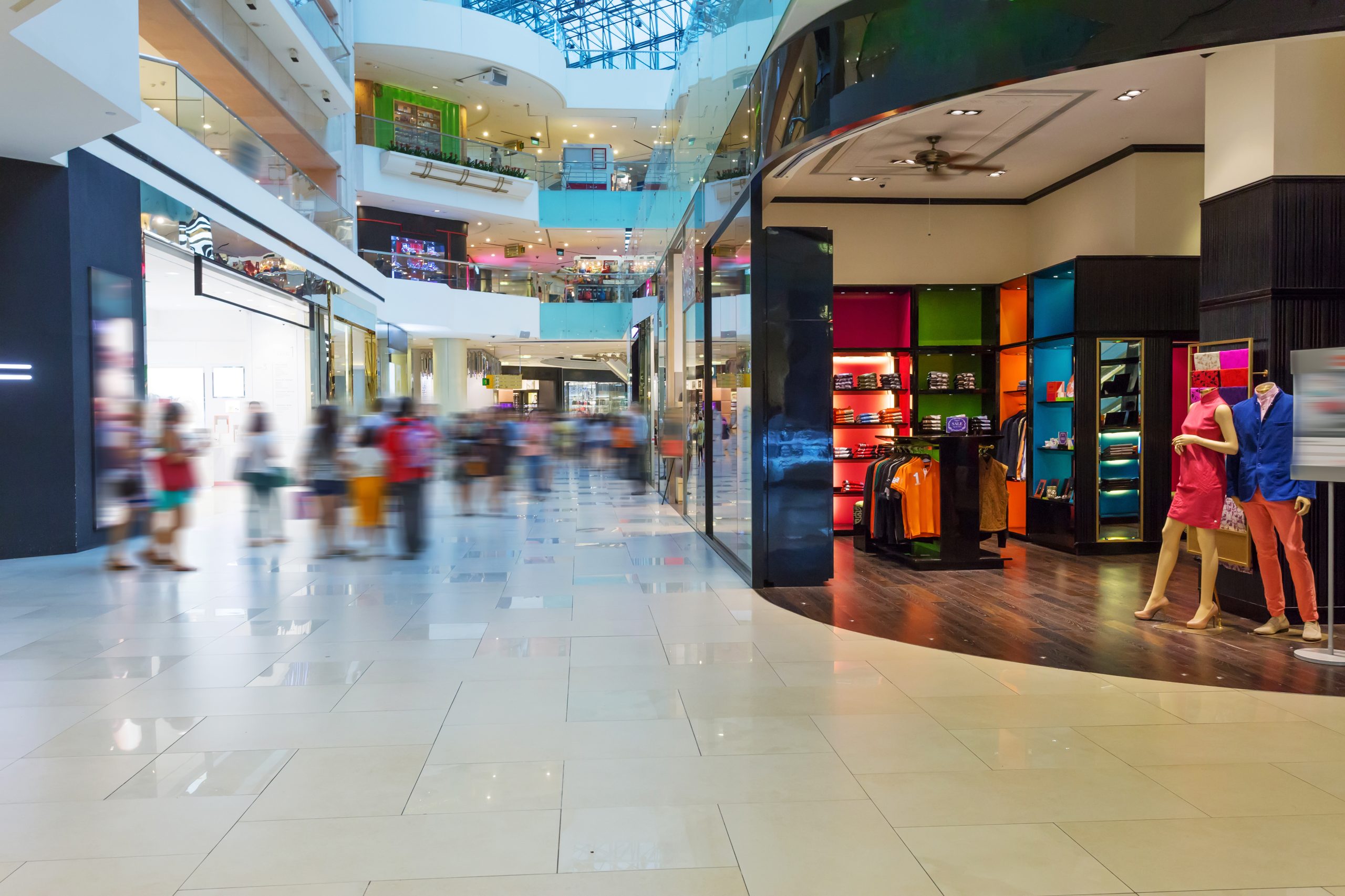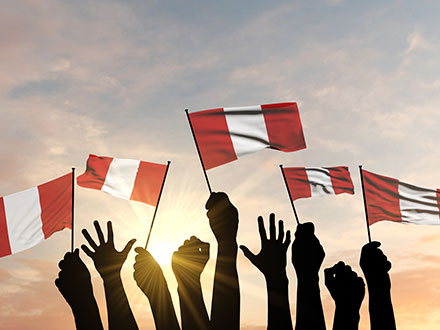Article in Gestión.
So far, Peru’s economy in 2025 is moving at a good pace. As highlighted by the Ministry of Economy and Finance (MEF), GDP grew by 3.3% between January and April. This marks 13 consecutive months of growth. The perennial question remains: are Peruvian families already feeling the effects of this economic recovery?
One way to find out is through the Family Progress Perception Report, developed by APOYO Consultoría with support from Ipsos. The consulting firm shared its latest findings with Gestión, as of June 20 this year.
A combination of factors—including controlled inflation and a recovery in formal employment—has allowed families to perceive individual progress. However, doubts about the country’s future persist. Here’s a breakdown of the report.
Progress perception improves, but remains insufficient
The APOYO Consultoría report highlights that 59% of Peruvians believe the country is moving backward, and only 8% believe it is progressing.
Looking at historical results from the survey, there is a noteworthy drop in the perception of regression: a 16-percentage-point decrease since December 2023, when this perception peaked.
However, this apparent improvement is still insufficient, emphasized José Carlos Saavedra, Partner at APOYO Consultoría. The June 2025 result not only falls short of pre-pandemic levels, but is also comparable to figures from 1991.

“Almost 60% say that Peru is going backward. These are among the highest levels since the early 1990s. The usual levels were around 20%, until 2016, when the perception of regression began to increase”, he noted.
This rising trend—feeling that the country is regressing—peaked in December 2023 (75%), as several negative factors converged. According to Saavedra, these were: political crisis, institutional deterioration, and recession.
From that point on, with a broad economic recovery underway, the indicator began to decline—though slowly and to levels similar to those seen in the early 1990s. According to APOYO’s report, this relative improvement is visible across all population segments.
“We’re now seeing a cyclical recovery. Business confidence, which had been negative for three consecutive years, has improved. Metal prices are better, and employment is growing. It’s an encouraging mix of factors for Peru”, Saavedra explained.

Economic sectors that help families the most
The survey conducted in June reveals that, for the first time since the start of the pandemic, more Peruvian households reported being in a better situation today than 12 months ago, compared to those who reported worsening conditions.
This perception, when broken down by income level, remains fairly consistent. Families with better socioeconomic conditions view themselves as better off today—and, though to a lesser extent, so do lower-income households.
Saavedra explained that a large part of this is due to a circumstantial factor: the formal job market has shown strong progress in the first half of 2025.

“The agro-industrial sector has recovered, which demands a lot of formal labor—particularly lower-skilled workers. It has been growing by nearly 20%, and total formal employment is up by 6–8%, which are quite high rates”, he said.
Another sector showing a similar dynamic—supporting low-income families—is tourism, which also appears to have increased its demand this year.
For higher-income households, the report highlights strong growth in formal employment in two additional sectors: commerce and services. This has been complemented by a more favorable financial environment and the distribution of profit-sharing bonuses in March, which boosted liquidity.
“In addition, inflation has come down and real wages have improved. Household credit had been sharply reduced but is now beginning to rise again. All of this is improving how families perceive their situation”, Saavedra added.

Significant uncertainty about the country’s future
Looking ahead, the APOYO report reveals a contrast. While family expectations for the next 12 months remain optimistic, there is growing pessimism about Peru’s overall direction.
Around 40% of households believe their situation will continue improving through 2026, but only 20% think the Peruvian economy will follow the same positive trajectory.
According to Saavedra, this gap is explained in part by the fact that the 12-month outlook includes the outcome of the upcoming presidential elections.
The general elections will be held on April 12, 2026, with a potential second-round runoff on June 7 of the same year.
“Starting in December, electoral uncertainty is likely to intensify. That could weaken investment and employment growth in 2026,” the analyst projected.

On the external front, the global outlook is uncertain. Saavedra pointed to recent developments involving Israel and Iran, as well as the fluctuating trade policies of the United States. Similar international events could also have an impact.
However, the APOYO partner believes there is another major domestic factor that significantly affects how families perceive their progress: citizen insecurity.
“Another survey we conducted found that 90% of the population is changing their habits due to insecurity. People avoid going out in certain areas or at certain times. That affects consumption opportunities,” he explained.
Saavedra added that the economic impact is significant, considering this is a factor that affects society as a whole, not just specific groups.
“It definitely holds back employment. In this report, we see individual improvements, but not much collective progress. Being better off doesn’t mean we’re doing well,” he concluded.











